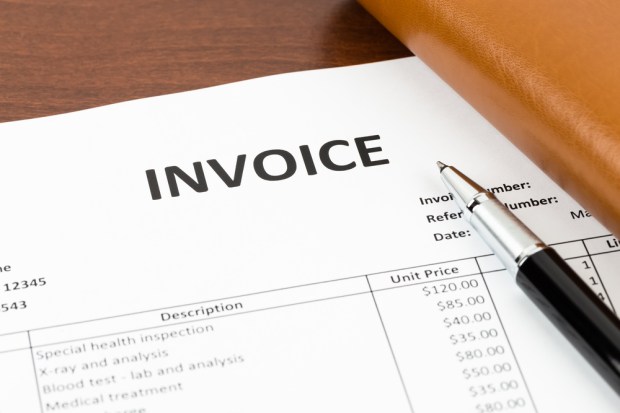Why Are Businesses Printing Out Their eInvoices?

We have bracelets and pocket-sized devices that allow us to pay online and in person with a mere hand motion or a few clicks. So, why are businesses still paying with paper, and has the integration of electronic billing and payments made any progress in B2B transactions?
E-invoicing firm Billentis published its latest report this month to track that journey. The company’s “International Market Overview & Forecast” paper is the latest analysis to determine the state of eInvoicing and digital procurement technology proliferation.
The data is surprisingly promising. According to Billentis, the volume of digital invoices is expected to reach 5 billion this year in Europe alone, pinpointing an overall market growth of 14 percent for the region in 2016.
Meanwhile, the North American B2B eInvoicing market is expected to see a growth rate of as high as 18 percent. Latin America is clearly the global leader, with an anticipated 19 billion digital invoices to be sent between businesses and government entities this year.
But the stats can’t be taken as a surefire sign of paper billing’s inevitable demise. Far from it, in fact, concludes Billentis.
From Digital To Physical
While Latin America holds some of the globe’s leading markets for digital invoice penetration, researchers at Billentis point to a disheartening finding: As much as 70 percent of the invoices sent digitally in the LatAm market are eventually printed out onto physical paper by the issuers and sent to their clients in parallel with legitimate electronic bills.
As much as 90 percent of non-large businesses, in fact, are doing this, the report said.
The same is true in other jurisdictions as well. Researchers found that about 69 percent of corporate buyers in Germany print out their eInvoices, a figure that rises to 73 percent for small businesses and 77 percent for medium-sized enterprises.
Progress Is Progress
Billentis did not discredit the rising penetration of eInvoicing, however. In the North American market, B2B eInvoicing will be driven by incoming government mandates, and while third-party eInvoicing companies remain rare compared to the European and LatAm markets, the number of these players is on the rise.
Asia is more of a mixed bag, however. Billentis found that while Russia has experienced “tremendous” growth rates of eInvoicing adoption, legislation to support B2B digital invoicing is lacking in many markets in the region.
Still, across markets, the use of B2B invoice service providers is on a steadily increasing path, overtaking strategies of direct buyer-supplier billing methods.
Billentis pointed to the impact of government mandates and regulation, especially when it comes to tax rules, as a key driver behind the adoption of eInvoicing practices. With this in mind, analysts anticipate digital B2B billing to continue to grow.
The paper highlighted several government initiatives, including some in the Asia-Pacific region to embrace digital procurement technologies, as well as the EU’s in-progress Public Procurement Directive, that are likely to drive eInvoicing adoption further.
Switzerland is the latest jurisdiction to have implemented a business-to-government invoicing mandate, with Estonia headed for similar legislation by the end of the year, soon to be followed by France and Sweden, the reports said.
But with the continued dependence on PDF invoice formats (which do not necessarily support features like automated data capture that make eInvoicing so enticing), the ongoing practice of sending both paper and digital invoices and the practice of printing out the digital invoices that a business receives, all the emailed invoices in the world won’t necessarily lead to faster B2B payments or streamlined AP/AR processes.
